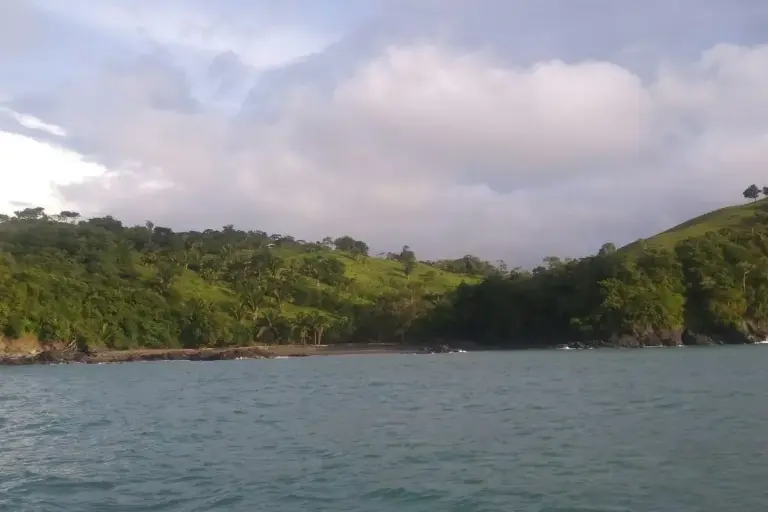PANAMA CITY, Panama – The Ministry of Environment (MiAmbiente) and the United Nations Food and Agriculture Organization (FAO) have formally committed to restoring at least 10,000 hectares of degraded ecosystems in Panama. The joint initiative, part of the nation’s groundbreaking Panama with Nature Pact, aims to mobilize resources and align existing investments to address a “triple environmental crisis.”
The commitment was solidified during a high-level meeting between Environment Minister Juan Carlos Navarro and FAO representatives. The restoration efforts will be concentrated in the Azuero peninsula and the Darién region, utilizing established programs and new funding mechanisms to combat climate change, biodiversity loss, and land degradation.
A Formal Commitment Against the Triple Crisis
According to an official release from MiAmbiente, the partnership formalizes a shared strategy to tackle what the ministry describes as a converging triple crisis. The collaboration focuses on aligning financial and technical resources to meet the ambitious restoration target.
The restoration work in Azuero will be advanced through the “Azuero Verde” program. This initiative is supported by the Central American Bank for Economic Integration (CABEI) and the Green Climate Fund, with regional backing from the Central American Commission for Environment and Development. In Darién, projects will focus on productive restoration and community strengthening, including the “Biomes of Panama’s Critical Forests: Collaborative Conservation of Darién” initiative, financed by the Global Environment Facility (GEF).
“With technical allies like the FAO, Panama can develop a greener, more resilient, and fairer economy for all,” stated Minister Juan Carlos Navarro [Translated from Spanish].
The Panama with Nature Pact: A Global First
The Panama with Nature Pact is recognized as the first instrument globally to integrate commitments for climate change, biodiversity, land conservation, oceans, and plastics under a single strategic framework. The pact sets a national goal of restoring 100,000 hectares by the year 2035, making the 10,000-hectare commitment with the FAO a significant first step.
During the meeting, the FAO confirmed its role in working with the Panamanian government to mobilize and execute the necessary resources, thereby reinforcing its support for the national ecological restoration agenda. This partnership underscores a shared commitment to translating strategic goals into tangible action on the ground.
“We seek to transform agri-food systems towards sustainable models that restore ecosystems, strengthen food security, and directly benefit rural communities,” said Adoniram Sanches, FAO Sub-regional Coordinator for Mesoamerica and Representative in Panama and Costa Rica [Translated from Spanish].
Next Steps and Project Finalization
The final version of the project is scheduled for presentation on Tuesday, October 28th. This follows a two-month process of public consultations and inter-agency coordination that garnered 1,160 direct contributions during its development phase.
Minister Navarro indicated that the initiative includes a comprehensive roadmap that unifies the country’s efforts against the environmental challenges. The partnership with the FAO is expected to be a cornerstone in Panama’s broader strategy to build environmental resilience and promote sustainable economic development through significant ecosystem restoration.



